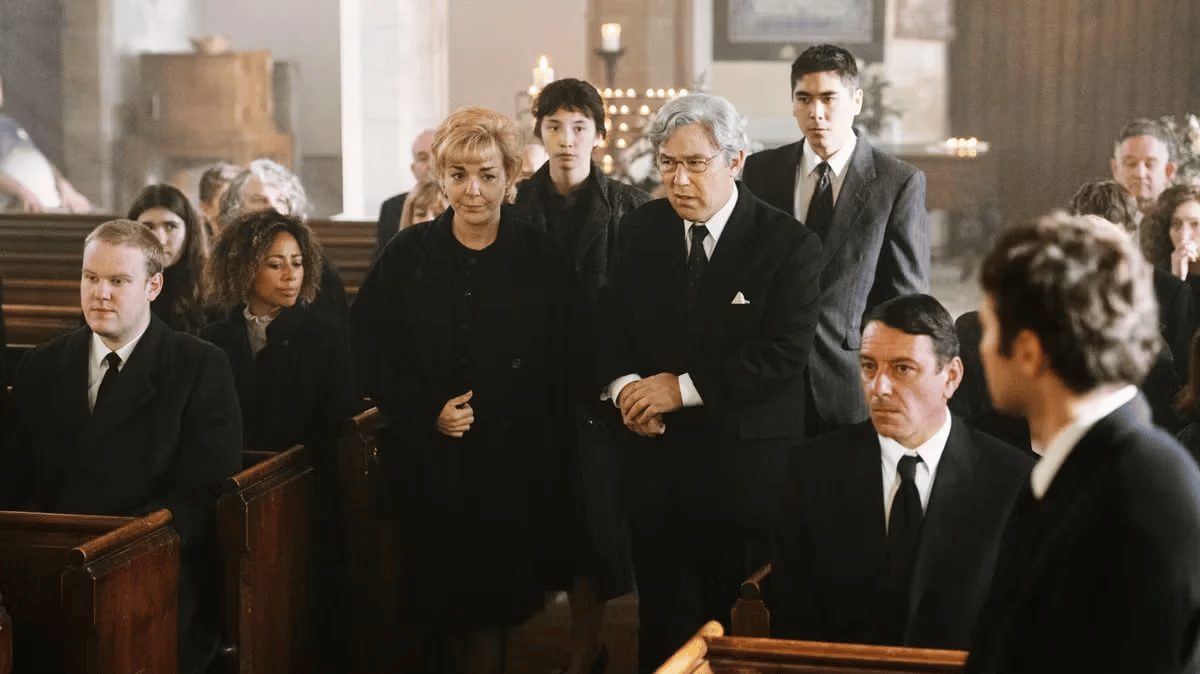
If you want to support independent women's media, become a Mamamia subscriber. Get an all-access pass to everything we make, including exclusive podcasts, articles, videos and our exercise app, MOVE.
Julie Hogg was the kind of daughter who called her mum every day. The 22-year-old pizza delivery driver and mother to three-year-old Kevin was particularly close to her mother, Ann, a theatre nurse from County Durham. So when Julie failed to show up for work and didn't collect her son from Ann's house in November 1989, Ann knew something was terribly wrong.
After three agonising months of searching without answers, Ann made a horrific discovery. She found Julie's body hidden beneath a panel in her bathroom. And what followed was a 17-year long battle to bring her daughter's killer to justice.
Stan exclusive series I Fought The Law follows the extraordinary true story of Ann Ming, a determined mother who refused to let her daughter's murderer walk free after she was assaulted and murdered.
Watch the trailer for I Fought The Law. Article continues after video.
































































































